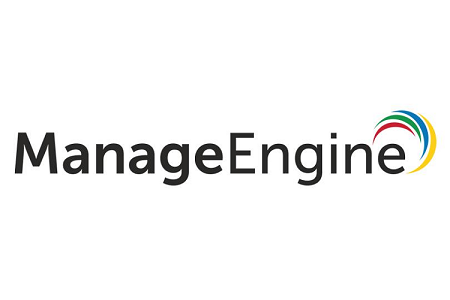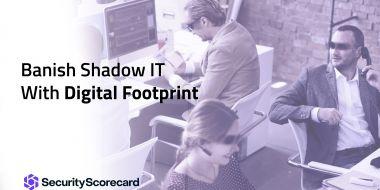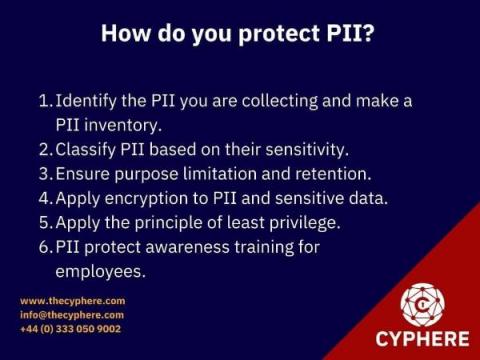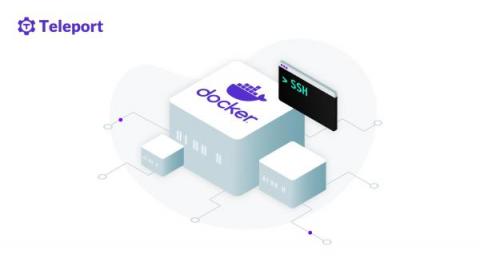Security | Threat Detection | Cyberattacks | DevSecOps | Compliance
Latest News
Why SASE is your best bet to secure a remote workspace
The origins of Secure Access Service Edge (SASE) can be traced back to 2019, when legacy network security systems were extensively used in workspaces. Gartner defined SASE as the combined deployment of cloud-based cybersecurity functions, including Firewall as a Service, a cloud access security broker (CASB), a secure web gateway (SWG), Zero Trust network access (ZTNA), and software-defined WAN (SD-WAN).
Banish Shadow IT With Digital Footprint
It’s out there. In the deep, dark corners of your IT estate, it’s been hiding. Maybe it’s that “killer app” one of the department heads brought back from a trade show. Or maybe it’s that campaign microsite that marketing had a contractor develop for a “skunkworks” launch. Shadow IT is more than an asset management problem. It’s a security problem because you can’t secure what you can’t see.
PII Protect Cybersecurity | How to Secure your Data
Over the last few years, the rise in data breaches involving personally identifiable information (PII) has resulted in the loss of millions of records.
Build a software bill of materials (SBOM) for open source supply chain security
More than ever, developers are building web applications on the foundations of open source software libraries. However, while those libraries make up the software bill of materials (SBOM) components inventory, not all developers and business stakeholders understand the significant impact on open source supply chain security that stems from including 3rd party libraries.
What Is a SIEM Use Case for Compliance and Security Risk
Due to rising trends and policy changes, organizations are opting for solutions that ensure a proactive measure of cybersecurity. Companies are being held to much higher standards on how they collect, store, and protect individuals’ data. So they are searching for solutions that are both cost-effective and accurate. SIEM software provides threat management along with a detailed and centralized view of enterprise security.
Top 12 client-side security threats
Today’s web applications are complex, often made up of a mix of existing software, open-source and third-party code, and custom JavaScript and HTML all integrated via application program interfaces (APIs). While web applications are hosted and maintained on an organization’s server, they actually run on an end user’s browser.
SSH into Docker Container or Use Docker Exec?
SSH has always been the default mechanism to get remote shell access into a running Unix or Linux operating system from a terminal client to execute commands. While SSH is familiar, Docker provides more lightweight and easier-to-use methods that don’t require running your container with an SSH server. This post will explore two methods to get shell access into a Docker container using OpenSSH and the docker exec command.
How to manage your company's IT security without stressing out
Responsible for keeping your business secure? We know it can feel like a daunting task. After all, the average business has multiple employees using different devices with varying amounts of technological expertise. A single team member might use just one app to stay productive, while another may use 1,000. And they could work in a company-owned location, like an office, or hundreds of places around the world, including their own home.











